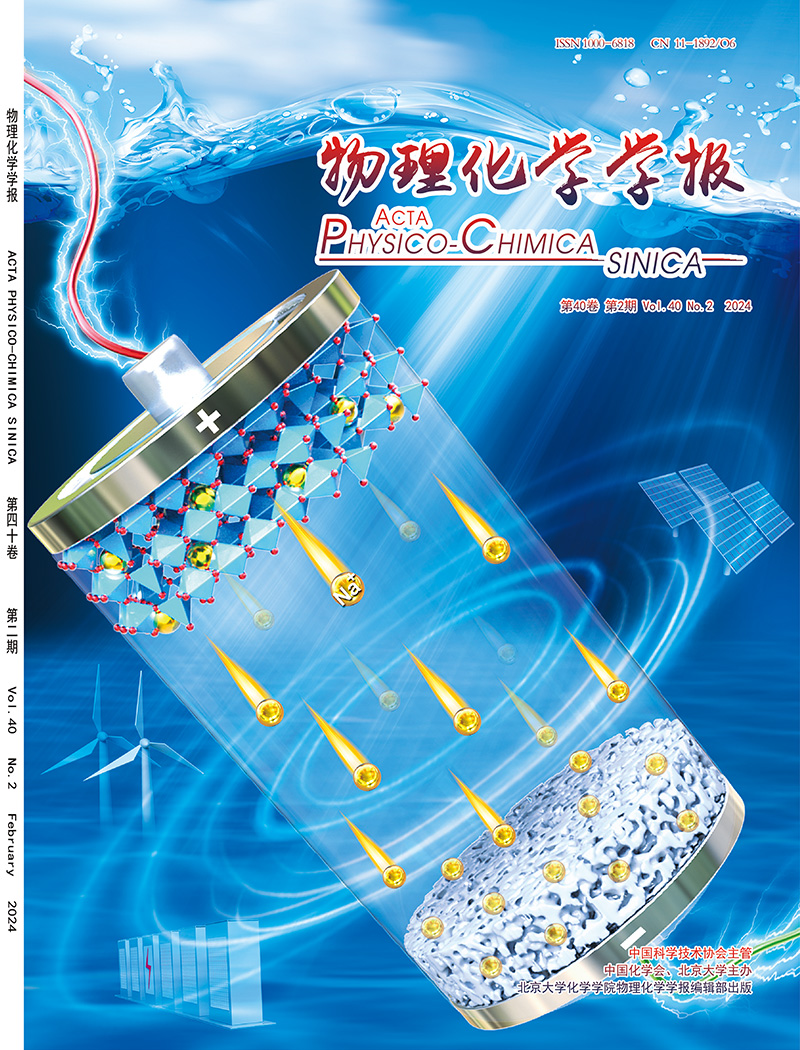Opportunities and challenges of capacitive deionization for uranium extraction from seawater
IF 10.8
2区 化学
Q1 CHEMISTRY, PHYSICAL
引用次数: 0
Abstract
Uranium is an indispensable resource for the nuclear industry, while land-based uranium mines are limited in content and unevenly distributed. Therefore, uranium extraction from seawater (UES) holds great potential for sustainable energy production. Capacitive deionization (CDI) technology, known for its low energy consumption, simple process, environmentally friendliness, and high adsorption efficiency, holds significant potential for UES. This paper reviews the development history, principles, classifications, and applications of CDI technology. In the section on development history, we provide a brief overview of the early development of CDI technology, emphasizing key milestones in its application to UES and recent optimization efforts. In the section on principle and categorization, we contextualize CDI technology within UES applications for a comprehensive introduction. Additionally, in the application section, we concentrate on current applications of CDI technology in UES. Furthermore, this paper elaborates on the current research status of CDI for UES and its advantages in terms of adsorptivity, selectivity, and economic benefits. In terms of adsorptivity, CDI technology demonstrates its efficiency in adsorbing uranium ions, achieved through meticulous optimization of electrode structure and material selection. With regard to selectivity, CDI technology selectively extracts uranium while mitigating interference from competing ions through adept modulation of electrode materials and operational parameters, thereby enhancing extraction efficiency. Economically, CDI technology stands out due to its hallmark features of low energy consumption and cost-effectiveness, facilitating high-efficiency uranium extraction and providing substantial economic advantages over alternative methods in the UES domain. Lastly, we discuss the challenge factors (competing ions, salinity, pH, and biofouling) of this technology in the uranium extraction process, aiming to explore the feasibility and economic benefits of UES by using the CDI technology and providing theoretical support for further optimization and promotion of CDI applications in UES. Additionally, we aim to address some of the current challenges of uranium extraction using CDI by incorporating materials informatics and providing an outlook on this matter. This paper provides practical insights into the development and industrial progress of CDI technology in UES, aiming to offer valuable references for the subsequent research on CDI seawater uranium extraction to contribute to the sustainable utilization of seawater resources.

电容去离子海水提铀的机遇与挑战
铀是核工业不可缺少的资源,而陆基铀矿含量有限,分布不均。因此,从海水中提取铀在可持续能源生产方面具有巨大的潜力。电容去离子(CDI)技术以其能耗低、工艺简单、环境友好、吸附效率高等特点,在UES中具有巨大的应用潜力。本文综述了CDI技术的发展历史、原理、分类及其应用。在关于开发历史的部分中,我们简要概述了CDI技术的早期开发,强调了其应用于UES的关键里程碑和最近的优化工作。在原理和分类一节中,我们将在UES应用程序中介绍CDI技术,以进行全面介绍。此外,在应用部分,我们专注于CDI技术在UES中的当前应用。进一步阐述了CDI用于UES的研究现状及其在吸附性能、选择性、经济效益等方面的优势。在吸附性能方面,CDI技术通过对电极结构和材料选择的精心优化,证明了其对铀离子的吸附效率。在选择性方面,CDI技术可以选择性地提取铀,同时通过对电极材料和操作参数的调制,减轻竞争离子的干扰,从而提高提取效率。在经济上,CDI技术因其低能耗和成本效益的标志性特征而脱颖而出,促进了高效的铀提取,并在UES领域提供了比其他方法更大的经济优势。最后,讨论了该技术在铀萃取过程中的挑战因素(竞争离子、盐度、pH值和生物污染),旨在探索利用CDI技术进行UES的可行性和经济效益,为进一步优化和推广CDI在UES中的应用提供理论支持。此外,我们的目标是通过结合材料信息学和对这一问题的展望,解决目前使用CDI提取铀的一些挑战。本文对CDI海水提铀技术在UES的发展和产业化进程提供了实际的见解,旨在为后续的CDI海水提铀研究提供有价值的参考,为海水资源的可持续利用做出贡献。
本文章由计算机程序翻译,如有差异,请以英文原文为准。
求助全文
约1分钟内获得全文
求助全文

 求助内容:
求助内容: 应助结果提醒方式:
应助结果提醒方式:


